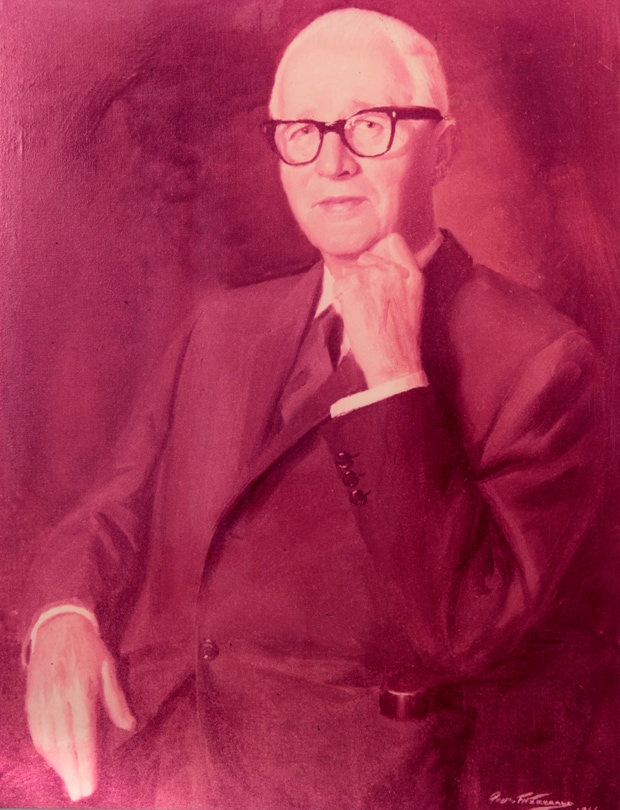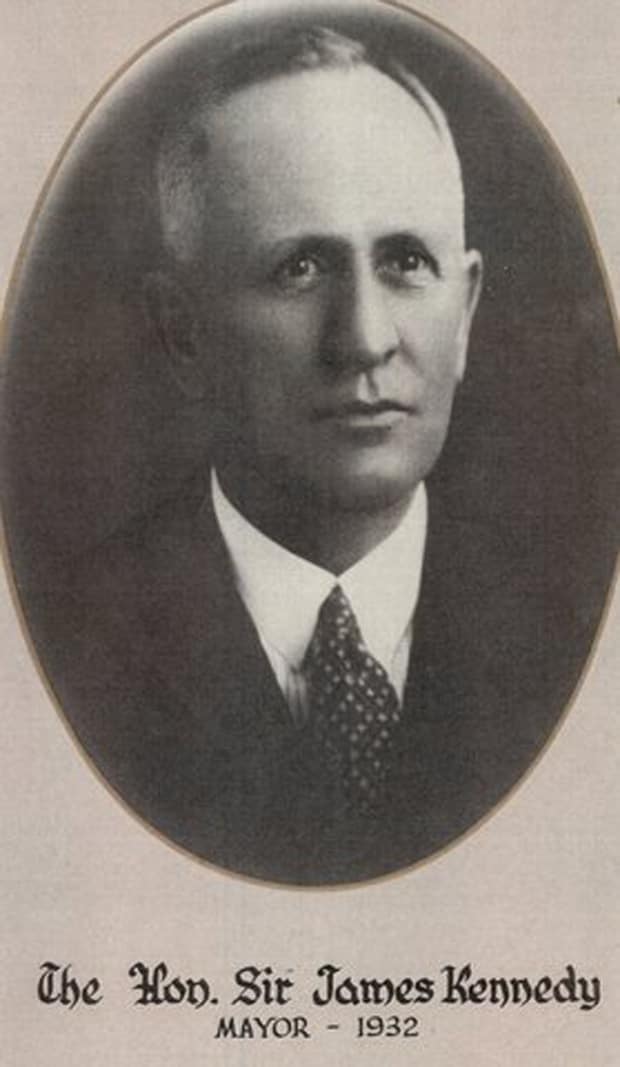The “Captain’s call” that was the recent knighting of Prince Phillip was roundly slated. But they got it right in the Queen’s Birthday Honours List of 1962, in so honouring Sir Kenneth Luke CMG (Commander of the Order of St Michael and St George).
Though Collingwood’s long-serving footballer and administrator RT “Bob” Rush was inducted into the Order of the British Empire for services to football, the great “KG” may well be the League’s only knight so acknowledged (in part) for contributions to the game.
Born in 1896, the year before the formation of the VFL, Luke was a self-made millionaire manufacturer and leading Australian Rules administrator. Though he never kicked a football, Sir Kenneth oversaw the running of the game at the elite level as League President from 1956 through to ’71.
A Carlton committeeman from 1935, Luke succeeded Dave Crone as President on the eve of the 1938 Premiership season, and continued in that role until 1955 – which took in the wartime years and the Grand Final victories of 1945 and ’47.
Luke was in the penultimate year of his Carlton Presidency when he earned the CMG. At the time of his knightood eight years later, The London Gazette of July 20, 1962 reported rather broadly that Kenneth George Luke Esq., C.M.G. was knighted “for public services in the State of Victoria”.
Acknowledged in The Argus as a “philanthropist and sportsman”, Luke actually secured the 1956 Olympics for Princes Park, but was thwarted by the Melbourne Cricket Club through intervention of John Cain Senior. In his later life with the VFL, Luke was a key player in the purchase of land for Waverley Park in 1962, and there the grandstand which overlooks what is now Hawthorn’s training venue still bears his name.
Luke, who died in Hawthorn in 1971, left a lasting legacy for many, not the least of whom those nearest and dearest. His daughter Jenny Angliss believed that her father’s knighthood served as recognition of his charitable initiatives and his commitment to the interests of both agriculture and the navy, given that he established the White Ensign Club for sailors in tribute to his own father, a sailor.

Sir Kenneth Luke served as VFL President from 1956 through to ’71. (Photo: Carlton Football Club)
But Jenny appreciated that her father’s lifelong commitment to Carlton and the VFL would have also warranted consideration.
The AFL’s Statistics and History Consultant Col Hutchinson advised that the League was aware of three knights who had actually played League football at senior Level (although their knighthoods were not bestowed for services to the game).
They are St Kilda’s two-game player of 1898 Sir Norman Brookes; Fitzroy’s 54-game player from 1932-37 Sir Douglas Nicholls; and Sir James Kennedy, a three-game player for Essendon in 1901 who later represented Carlton in 23 matches from 1905-’07.
The Blueseum acknowledges James Arthur Kennedy as “an accomplished footballer, accountant, public servant, politician - and ultimately - Knight of the Realm”.

Sir James Kennedy played 23 games for the Blues. (Photo: Carlton Football Club)
The younger brother of Carlton’s triple premiership wingman Ted Kennedy, Jim’s post-football career was dedicated to serving the community.
Elected Mayor of Brighton at the height of the Great Depression in 1932, Kennedy made an early call to cancel the annual Municipal Ball, and instead directed funds for the purchase of shoes for the children of the district’s unemployed.
Kennedy’s lifetime of service to others culminated in him being awarded a knighthood in 1950. Four years later he died in Brighton and was buried in Melbourne General Cemetery near the old Princes Park ground.
In 1957, a memorial window commemorating his life was unveiled in the Brighton Congregational Church, where he got married some 44 years earlier.
MORE INFO:
- http://adb.anu.edu.au/biography/luke-sir-kenneth-george-ken-10870
- http://adb.anu.edu.au/biography/kennedy-sir-james-arthur-jim-10719



